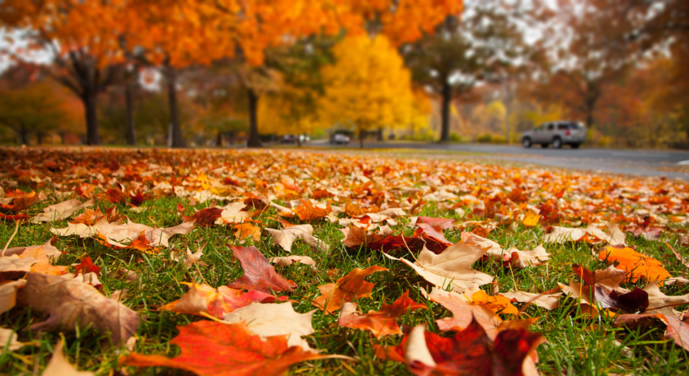
Oakland County Landscaper Gives Tips For Fall Perennial Beds
It’s fall, which is the most important time to tend to your perennial garden. If you take some simple precautions, you can ensure your perennials will come back in better shape next year.
Here are some tips to get your garden ready for winter:
1. Prune, Water, And Fertilize Your Perennials
First, clear the dead leaves from the flowers. If they are herbaceous, you’ll want to cut the top leaves and then take the deadfall and compost it. Don’t leave these clipping in the garden as mulch. You can leave woodier perennials until next spring if you want. That way you’ll know which branches are dead. Because we are in Michigan, you should water your flower bed until the ground is frozen. Once your herbaceous perennials have gone dormant, you don’t need to water anymore. You should be finished fertilizing around the beginning of September, so that new growth is discouraged before the cold weather sets in.
2. Remove Your Annuals
Annual flowers need to be moved before winter sets in. For most annuals this is easy. Just take the main stem and pull it gently upwards. If it’s begun to seed, be careful not to spill unwanted seed on the ground. If you leave the seed, they could germinate next year and cause a real problem for your perennial garden. If you want to save the seeds, you can keep them. Just bag them and allow them to ripen for next year. More than likely, you will have to remove dead or declining annuals from your garden, so this bag of germinating seeds will create great replacements. If the annuals are tender, they need to be dug ready for winter storage. Make sure to remove the foliage from these plants and rinse the dirt off the bulbs and tubers. When they’re dry, check for decaying spots. If they’re clean, put them into sand or peat moss and keep them in a container safe from mice. Store them in a frost-free area of the house for the winter. You can actually trick your annuals into thinking it is still summer, and keep them germinating throughout winter. If they make it, you will have some annuals all ready for planting in the spring.
3. Rake and Mulch Your Perennial Garden
Once all the dead debris has been removed, rake your flower bed until it’s smooth, then layer mulch on top. Raking the top layer of soil will turn the remaining nutrients around for the roots and will help get warmer soil nearer to the roots. By mulching, you can create one more blanket of heat for your garden. Don’t mulch too much, as you might encourage mice to nest in the warm ground next to your perennial roots.
Oakland County Landscaper Gives Tips for Fall Perennial Beds
These tips will give your spring perennials a safe home for the winter. With a space to hibernate, your flowers will have lots of room next spring to grower larger and more colorful than ever.
If you need help from a professional this year, contact Oakland County Landscaper, Sinacori to schedule a fall clean up or any other landscaping services.
